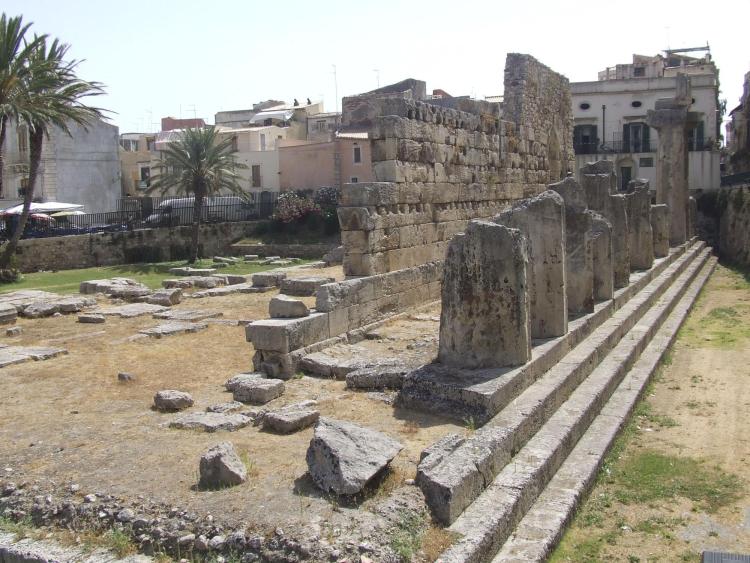
New Technologies and Architectural Insights on a 6th-century BCE Temple in Sicily
Professor Philip Sapirstein
Wednesday, November 30 at 7:00pm
Paleontology Hall (CU Museum of Natural History) or via Zoom
Free and Open to Public
REGISTER HERE
ABSTRACT
This talk presents a recent digital and architectural restudy of the temple of Apollo at Syracuse. Built in ca. 590 BCE, it was the first major Greek temple to be built entirely from stone, and thus it is fundamental to our understanding of the origins of Doric architecture. In addition to its architectural significance, the building has a monumental inscription, whose reading has been controversial since its 1864 discovery. In 2018, Sapirstein created a 3D model, enhanced using new computational methods, which supports a new interpretation of this enigmatic inscription: as a celebration of an ancient technological breakthrough that transforms our understanding of this structure.
